Welcome back to this four-part series built to help you nail your next product marketing job application!
As a quick reminder, I’ve pulled 15 real responsibilities straight from live PMM job descriptions that are buzzword-heavy, often vague, but very real expectations.
For each one, I’ll:
- Define the skill to remove ambiguity
- Share examples of relevant work experience that prove you've done it, even if you didn’t have “product marketing manager” in your title.
Because sometimes, product marketing isn’t about positioning a product. It’s about positioning you!
Last week in part three, we focused on the performance side of product marketing, where strategy meets execution and metrics matter most.
We covered these key responsibilities:
- Product-focused content marketing initiatives
- Craft value-based messaging frameworks
- Create and execute targeted integrated revenue campaigns
- Demand generation, lead nurturing, and customer lifecycle marketing
- Drive performance product marketing
Each one highlighted how great product marketers combine creativity, collaboration, and results-driven thinking to generate awareness, convert leads, and influence revenue.
Now, in part four, we close the series by focusing on the foundational tools, platforms, messaging principles, and frameworks that make all that execution possible. This final set of four covers everything from tech stack mastery to emotional resonance, and ends with one of the most underrated strategic skills in marketing: the 7 Ps.
Let’s get into it. 🚀
#12: Experience using HubSpot, Google Analytics, Metabase, or similar tools
📘 Definition
Analytics, CRM, and dashboard platforms like HubSpot, Google Analytics, and Metabase empower product marketers and GTM teams to track performance, understand user behavior, segment audiences, and measure ROI across campaigns and lifecycle stages. These tools serve as the backbone of data-driven decision-making, helping teams align strategy with measurable outcomes.
HubSpot, Google Analytics, and Metabase are used for different purposes: HubSpot is a marketing and sales platform, Google Analytics is a web analytics service, and Metabase is an open-source business intelligence tool.

🔍 Here's a more detailed breakdown
✅ HubSpot
What it is: A comprehensive marketing, sales, and customer service platform.
🔑 Key features:
- CRM (customer relationship management)
- Marketing automation
- Email marketing
- Website builder
- Live chat
- Built-in analytics
Use cases: Helps businesses manage their customer relationships, automate marketing efforts, and track website activity.
✅ Google Analytics
What it is: A web analytics service that tracks and reports website traffic.
🔑 Key features:
- Traffic reporting
- Audience analysis
- Engagement tracking
- Real-time reporting
- E-commerce tracking
Use cases: Helps businesses understand how users interact with their website, identify traffic sources, and optimize their online presence.
✅ Metabase
What it is: An open-source business intelligence tool that allows users to create charts and dashboards using data from various databases.
🔑 Key features:
- Data exploration and visualization
- Customizable dashboards
- Ability to connect to multiple databases
Use cases: Helps businesses analyze their data, identify trends, and make data-driven decisions.
✅ Similar tools
- Other marketing analytics tools: HubSpot's blog lists several Google Analytics alternatives, including Mixpanel, Woopra by Appier, and Piwik PRO.
- Other business intelligence tools: Besides Metabase, other popular BI tools include Tableau, Power BI, and Looker.
- CRM tools: Other CRM platforms include Salesforce and Microsoft Dynamics 365.
💼 Relevant work experience
Bonus points if you collaborated cross-functionally to democratize data and drive aligned execution.
✅ HubSpot
CRM and lifecycle campaigns
- Used HubSpot CRM to manage lead tracking, deal stages, segmentation, and campaign attribution across B2B SaaS and consulting engagements.
- Created and managed automated nurture workflows to guide prospects through the funnel, tailoring content by lifecycle stage, persona, and behavior.
Email marketing and automation
- Built and launched email campaigns for product announcements, onboarding, win-back, and upsell flows.
- A/B tested subject lines, CTAs, and email sequences to improve open rates and conversions.
Lead scoring and reporting
- Developed lead scoring models based on engagement, firmographics, and sales intent to improve MQL-to-SQL handoffs.
- Used HubSpot’s reporting tools to track campaign performance, source attribution, and content effectiveness.
✅ Google Analytics
Web traffic and engagement insights
- Used GA to monitor web traffic trends, bounce rates, and conversion paths, particularly tied to GTM campaigns, blog content, and product launch assets.
- Analyzed referral sources and behavior flow to understand how users interacted with marketing content and product pages.
Optimization and performance tracking
Applied insights from Google Analytics to refine:
- Landing pages for campaign conversions
- Content marketing strategy based on time on page and scroll depth
- Calls to action based on click-through behavior
✅ Metabase and similar BI tools
Data analysis and dashboarding
- While you may not have used Metabase directly, you’ve worked with internal teams using BI tools like Tableau, custom SQL dashboards, and product usage analytics to inform product and marketing strategies.
- Partnered with cross-functional stakeholders to interpret usage and retention data, helping validate messaging effectiveness and prioritize roadmap features.
Metrics for product and marketing alignment
- Defined and tracked key metrics like:
- Feature adoption and churn
- Email and content engagement
- Lead-to-opportunity conversion
- Campaign-attributed revenue
- Used data to drive weekly standups, post-launch retrospectives, and product marketing strategy pivots.
✅ Related platforms you may have leveraged
- ClickUp: For GTM project management and campaign planning
- Zapier: For automating workflows between HubSpot, Gmail, and Google Sheets
- Fullstory: For behavioral analytics and in-app engagement insights
- LinkedIn Campaign Manager: For running targeted demand gen and awareness ads
- Miro and Balsamiq: For mapping customer journeys and planning campaign flows
- Confluence: For documenting campaign strategies, messaging, and performance

#13: Experience using sales and customer experience platforms like Gong, ServiceHub, Vitally, and ChurnZero
📘 Definition
Sales and customer experience platforms help teams capture insights, streamline workflows, and enhance customer interactions across the entire customer lifecycle, from initial outreach to post-sale engagement and retention.
These tools are designed to bridge the gap between go-to-market teams (marketing, sales, customer success, support) by enabling visibility, automation, and strategic action based on real-time data and customer behavior.
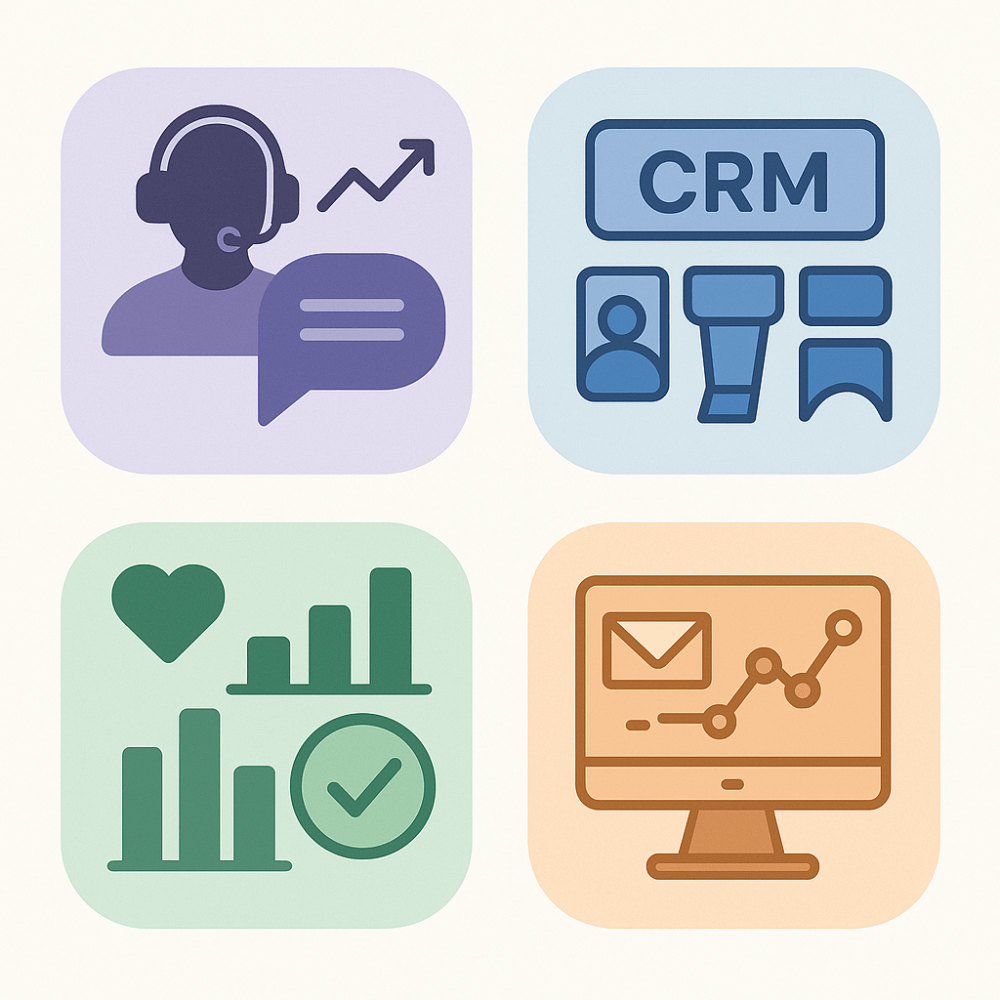
🔍 Here's a more detailed breakdown
✅ Gong
Category: Revenue intelligence/sales enablement
Use case: Sales call analysis, deal tracking, coaching
What it does: Gong records and transcribes sales calls, then uses AI to analyze conversations for insights. It helps sales leaders understand what top performers are doing, where deals are at risk, and how messaging is landing with customers.
🔑 Key features:
- Conversation analytics (calls, emails, meetings)
- Deal pipeline insights
- Sales rep coaching
- Forecasting intelligence
- Integration with CRMs like Salesforce
Why it’s valuable: Gong gives visibility into the voice of the customer (VOC) directly from sales calls, allowing for better coaching, deal progression, and aligning messaging across teams.
✅ ServiceHub (by HubSpot)
Category: Customer support/CX management
Use case: Ticketing, knowledge base, customer support
What it does: ServiceHub is HubSpot’s customer service platform that connects all support interactions with your CRM to ensure a seamless experience. It helps support teams track tickets, provide self-service options, and improve CSAT.
🔑 Key features:
- Shared inbox and help desk
- Knowledge base
- Customer feedback surveys
- SLA and ticket routing
- CRM integration with marketing and sales
Why it’s valuable: By unifying support with CRM data, ServiceHub helps service teams deliver personalized support while enabling sales and marketing to have full context on the customer journey.
✅ Vitally
Category: Customer success platform
Use case: B2B SaaS customer onboarding, health scoring, renewals
What it does: Vitally gives customer success teams a centralized view of their accounts, helping them proactively manage relationships through health scoring, task tracking, automation, and customer journey mapping.
🔑 Key features:
- Customer health scoring
- Account segmentation
- Playbooks and automations
- Success plans and tasks
- In-app notes and collaboration
Why it’s valuable: It bridges product usage data with customer insights to help CS teams reduce churn, drive adoption, and scale success efforts without losing the personal touch.
✅ ChurnZero
Category: Customer Success Platform
Use Case: Churn prevention, engagement, product adoption
What it does: ChurnZero focuses on helping customer success teams reduce churn by giving real-time insight into customer usage, engagement, and behavior. It supports lifecycle automation and personalized outreach.
🔑 Key features:
- Real-time product usage tracking
- Customer health scores
- Journey mapping and automation
- Surveys and NPS tools
- Integrations with CRM and communication tools
Why it’s valuable: It enables CS teams to act before customers disengage, helping with renewals, upsells, and creating a strong customer experience that leads to long-term retention.

💼 Relevant work experience
Bonus point if you connected the dots across tools and teams to create a full-picture feedback loop that improved adoption, reduced churn, or strengthened messaging across the funnel.
✅ Gong (sales enablement and revenue intelligence)
Gong-adjacent work
- Voice of the customer collection through direct customer interviews, sales feedback loops, and behavioral analysis, giving your product and marketing teams the same insights Gong surfaces via sales calls.
- Created sales playbooks and enablement materials based on customer objections, top rep strategies, and messaging that landed well, similar to Gong’s sales rep coaching use case.
- Built and refined deal-stage messaging and positioning, aligning marketing content with sales cycles, buyer questions, and funnel friction points.
🔑 Tool overlap
- CRM integrations via HubSpot
- Deal insights via sales pipeline reporting and win/loss analysis
- Collaboration with sales leaders to improve rep performance and messaging consistency
✅ ServiceHub (HubSpot customer service platform)
ServiceHub-adjacent work
- Collaborated closely with customer support teams to identify common support tickets and translate them into knowledge base content, onboarding flows, and product documentation.
- Helped CS and support teams integrate their workflows with product and marketing through shared VOC tools and CRM insights.
- Partnered on customer feedback loops and survey initiatives post-launch, similar to how ServiceHub supports CSAT and ticket resolution metrics.
🔑 Tool overlap
- HubSpot CRM for service and marketing alignment
- Shared inbox and CS tools in smaller orgs without full CX platforms
- Email feedback and post-onboarding survey design
✅ Vitally (customer success management)
Vitally-adjacent work
- Worked with customer success teams to define and monitor customer health indicators, especially around feature adoption, usage frequency, and support activity.
- Created onboarding content, adoption guides, success frameworks, and journey maps that empowered CS to manage accounts at scale.
- Helped develop retention and renewal campaigns tied to specific product behaviors and lifecycle stages.
🔑 Tool overlap
- Mapped customer journeys and segmentation strategies using HubSpot and product usage data
- Tracked health signals manually or via FullStory and CRM exports
- Supported playbook creation for onboarding, QBRs, and expansion
✅ ChurnZero (churn prevention and lifecycle automation)
ChurnZero-adjacent work
- Proposed and helped develop behavior-triggered campaigns and messaging to reduce disengagement (e.g., predictive nudges for in-app usage, even if not implemented).
- Partnered with CS teams to identify churn risks based on activity gaps, support history, and product usage.
- Designed lifecycle campaigns such as check-in emails, customer education sequences, and feature adoption flows to proactively engage at-risk accounts.
🔑 Tool overlap
- FullStory and HubSpot for usage-based segmentation and lifecycle triggers
- Email automation for renewal reminders, re-engagement, and upsell
- Customer feedback collection for NPS-style follow-ups and exit insights

#14: Messaging that resonates and inspires your target audience
📘 Definition
To craft messaging that resonates and inspires, deeply understand your target audience, their needs, and aspirations, then tailor your message to speak directly to them, using storytelling, authenticity, and clear, concise language.
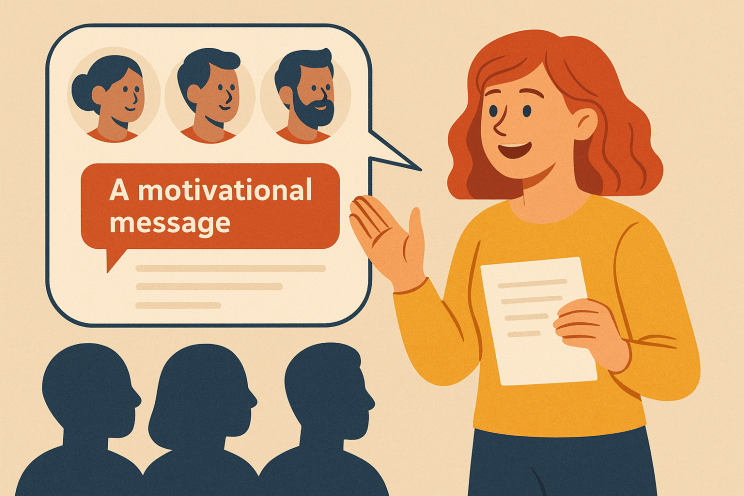
🔍 Here's a more detailed breakdown
✅ 1. Know your audience
- Research and empathize: Thoroughly research your target audience, understanding their demographics, psychographics, pain points, and aspirations.
- Create personas: Develop detailed buyer personas to represent different segments of your audience, helping you understand their behaviors and motivations.
- Understand their needs: Identify the problems your product or service solves and the benefits it offers, focusing on how it aligns with their needs and desires.
✅ 2. Craft compelling messages
- Use storytelling: Stories are powerful tools for connecting with audiences on an emotional level. Share relatable narratives that highlight your journey, struggles, and triumphs.
- Embrace authenticity: Be genuine and true to your brand's values and purpose. Transparency and authenticity build trust and foster stronger connections.
- Focus on benefits, not just features: Instead of listing features, focus on the value and benefits that your product or service provides to the audience.
- Keep it simple and clear: Use clear, concise language that is easy to understand and avoid jargon or technical terms that might confuse your audience.
- Use a consistent tone and voice: Ensure your messaging is consistent across all channels and touchpoints, reinforcing your brand identity and building recognition.
- Highlight your unique value proposition: Clearly communicate what makes your product or service different and better than the competition.
- Address pain points: Show empathy and understanding for your audience's challenges and offer solutions that address their specific needs.
✅ 3. Tailor your messaging
- Personalize content: Tailor your messages to be relevant and meaningful to each specific audience segment.
- Choose the right channels: Consider where your audience spends their time and tailor your messaging to the specific platform or channel.
- Adapt to different audiences: Recognize that different audiences may have different needs and preferences, and adapt your messaging accordingly.
✅ 4. Measure and iterate
- Track your results: Monitor the performance of your messaging and make adjustments as needed based on data and feedback.
- Continuously improve: Messaging is not a one-time effort. Continuously review and refine your messaging to ensure it remains relevant and effective.
💼 Relevant work experience
Bonus points if you can connect your words to results: adoption, retention, conversions, or emotional engagement. Great messaging doesn’t just describe value, it delivers it.
✅ 1. Know your audience
Deep audience research and empathy
- Conducted extensive customer interviews, VOC programs, and behavioral analysis to uncover real customer needs, pain points, motivations, and emotional triggers.
- Created persona frameworks across multiple verticals (hospitality, health-tech, HR, education, compliance), tailoring messaging to each segment’s goals and challenges.
- Partnered with sales and CS to identify the language customers actually use, ensuring messaging reflects real-life conversations and objections, not just marketing-speak.
✅ 2. Craft compelling messages
Storytelling with purpose
- Used story-driven messaging frameworks to position products not as tools, but as solutions to problems that matter, focusing on safety, cost control, trust, and peace of mind.
- Shared customer wins and transformation journeys in case studies, testimonials, and social posts, often repurposed into email and sales content.
Authentic, benefit-led copywriting
- Built messaging frameworks centered on empathy, value, and transformation, consistently focusing on how products improve people’s lives, not just their workflows.
- Wrote clear, people-first messaging across formats:
- Taglines and one-liners
- Email subject lines and nurture content
- Product pages and sales enablement decks
- Internal FAQs and team rollout docs
Consistent tone of voice
- Defined and maintained a professional yet approachable tone, ensuring messaging was aligned across marketing, product, sales, and support channels.
Differentiation and unique value proposition
- Articulated unique value propositions in crowded markets by highlighting customer outcomes, vertical expertise, and regulatory confidence.
- Built competitive battlecards and product comparison sheets to help sales clearly communicate differentiation and customer value.
✅ 3. Tailor messaging across segments and channels
Personalization and relevance
- Developed persona-specific messaging that aligned to industry, role, and stage of the customer journey, from top-of-funnel to upsell and renewal.
- Created content that resonated with:
- Operators concerned with cost and compliance
- Executives focused on ROI and peace of mind
- CS teams needing efficiency and proactive tools
Channel-specific messaging
- Tailored content for the unique constraints and expectations of each channel
- Short-form, punchy LinkedIn posts and social snippets
- Long-form case studies and gated guides for web
- In-app microcopy to drive adoption and engagement
- Email campaigns timed to behavioral or lifecycle triggers
✅ 4. Measure and iterate
Messaging performance tracking
- Used HubSpot, FullStory, and Google Analytics to track engagement with content and messaging touchpoints, adjusting based on performance data.
- A/B tested subject lines, CTAs, and copy variations to learn what language resonates most with different personas and segments.
Iterative messaging evolution
- Conducted post-launch retrospectives and win/loss analysis to refine core messaging pillars and address new objections or market shifts.
- Updated messaging frameworks regularly to align with product evolution, market feedback, and customer expectations.

#15: Knowledge of the 7 P's in product marketing
📘 Definition
The 7 Ps of marketing are a framework for understanding and optimizing your marketing strategy, encompassing product, price, place, promotion, people, process, and physical evidence.
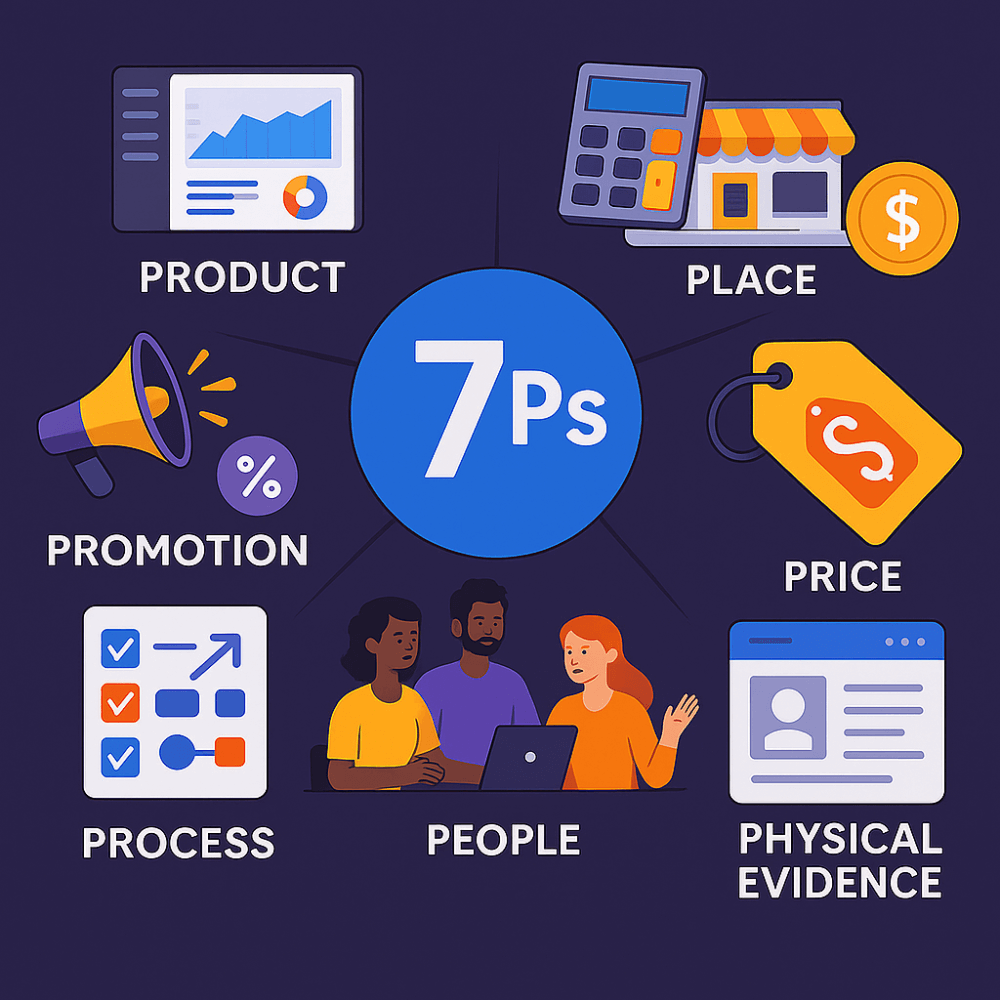
🔍 Here's a breakdown of each element
✅ 1. Product
This refers to the goods or services your business offers, and what makes them unique or valuable to customers.
✅ 2. Price
This involves determining the cost of your product or service and how it aligns with customer expectations and market competition.
✅ 3. Place
This focuses on how and where customers can access your product or service, including distribution channels and location.
✅ 4. Promotion
This encompasses all communication and marketing efforts aimed at informing, persuading, and reminding potential customers about your product or service.
✅ 5. People
This highlights the importance of your employees and their interactions with customers, as they can significantly impact the customer experience.
✅ 6. Process
This refers to the procedures and systems in place to deliver your product or service, ensuring efficiency and customer satisfaction.
✅ 7. Physical Evidence
This includes the tangible aspects of your business that customers encounter, such as packaging, store layout, and website design.
💼 Relevant work experience
Bonus: Spotlight the moments when one “P” influenced another, like how pricing shaped messaging, or how process impacted promotion. That’s where true product marketing strategy lives, in the intersections.
✅ 1. Product
- Led product positioning, messaging, and go-to-market strategy for complex SaaS platforms across industries such as compliance tech, IoT, health-tech, and hospitality.
- Repositioned Product X from a point solution to a multi-product ecosystem, clearly articulating differentiated value and tying it to industry-specific pain points.
- Collaborated with product teams to translate technical features into user-centric benefits, ensuring alignment across roadmap, messaging, and user experience.
✅ 2. Price
- Developed pricing strategy frameworks with a target of 30% gross margin, balancing market demand, competitor pricing, and perceived value.
- Created value-based pricing collateral to support sales, including ROI calculators, total cost of ownership breakdowns, and price justification messaging.
- Participated in market research and customer interviews to align pricing tiers and packaging with customer segments and willingness to pay.
✅ 3. Place
- Oversaw digital distribution strategies via web platforms, partner channels, sales enablement, and in-app marketing, ensuring product access across the customer journey.
- Supported partner enablement and sales alignment to maximize reach in vertical-specific markets, such as facility management, education, and assisted living.
- Designed multi-channel launch plans to meet customers where they are; email, social, website, in-app, and field sales.
✅ 4. Promotion
- Led integrated product marketing campaigns including email, webinars, blog content, case studies, SEO, social media, and paid ads.
- Built and executed demand gen, lead nurturing, and lifecycle marketing campaigns, using tools like HubSpot, FullStory, and LinkedIn Campaign Manager.
- Created sales enablement materials and go-to-market launch kits, including playbooks, objection handling guides, and one-pagers.
✅ 5. People
- Mentored junior marketers and product managers through Product-Led Alliance, Product Marketing Alliance, and my consultancy firm, focusing on ethical leadership, empathy, and collaboration.
- Built trust with stakeholders across sales, customer success, engineering, and design by championing the voice of the customer and building alignment around product goals.
- Delivered internal enablement and training during launches, helping customer-facing teams understand positioning and communicate value confidently.
✅ 6. Process
- Designed repeatable GTM processes for launches, onboarding, sales enablement, and campaign execution using tools like ClickUp, Confluence, and HubSpot.
- Implemented product feedback loops through VOC, CS, and sales inputs, ensuring messaging, roadmap, and content evolved alongside the market.
- Managed cross-functional workflows for product marketing execution, from discovery to launch retrospectives, with accountability and timelines.
✅ 7. Physical evidence
- Oversaw the creation of all tangible customer-facing assets, including:
- Branded sales decks, landing pages, onboarding content, packaging (when relevant)
- Thoughtfully designed email campaigns, product documentation, and digital help centers
- Visual storytelling through case studies, infographics, and web design updates aligned with brand identity
- Worked with designers and developers to ensure visual and experiential consistency across touchpoints, reinforcing credibility and professionalism.

✨ Final thoughts
And just like that, we’ve reached the conclusion of our series.
We’ve translated 15 common job requirements into real-world, results-driven experience. From product launches and messaging strategy to lifecycle marketing and platform fluency, we’ve decoded what hiring managers really want and turned each bullet point into proof of impact. Because when product marketers tell the right story, it changes everything.
If you’re polishing your resume, prepping for an interview, or just trying to own your narrative with more confidence, I hope this series gave you practical language and deeper clarity. The work you do matters. The voice of the product marketing manager is clear, confident, and strategic, and it deserves to be heard.
Thanks for following along. Stay curious, stay bold, and keep telling your story. 💛
Cindy :-)
This article was originally published in Cindy Camacho's Voice of the Customer newsletter.


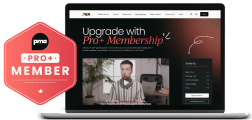


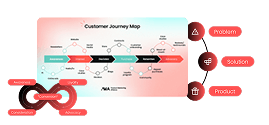
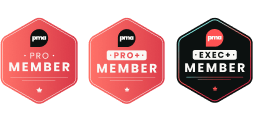

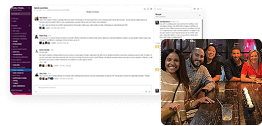
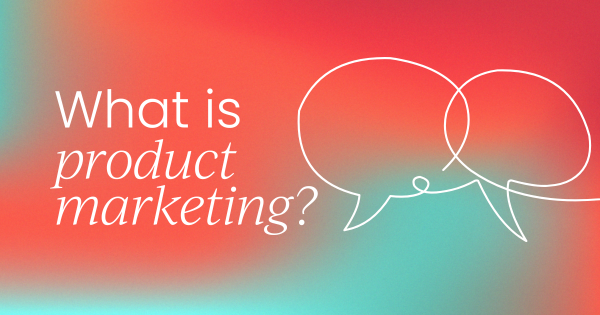
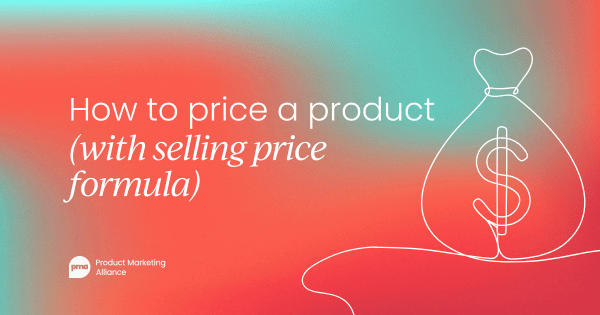
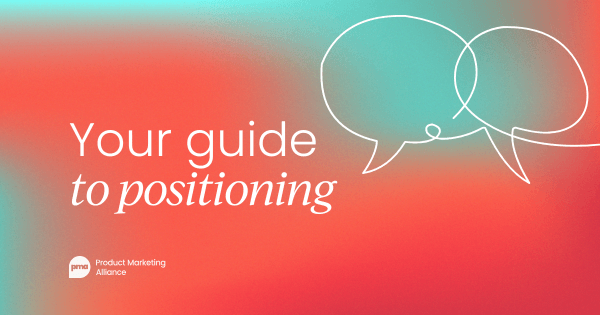
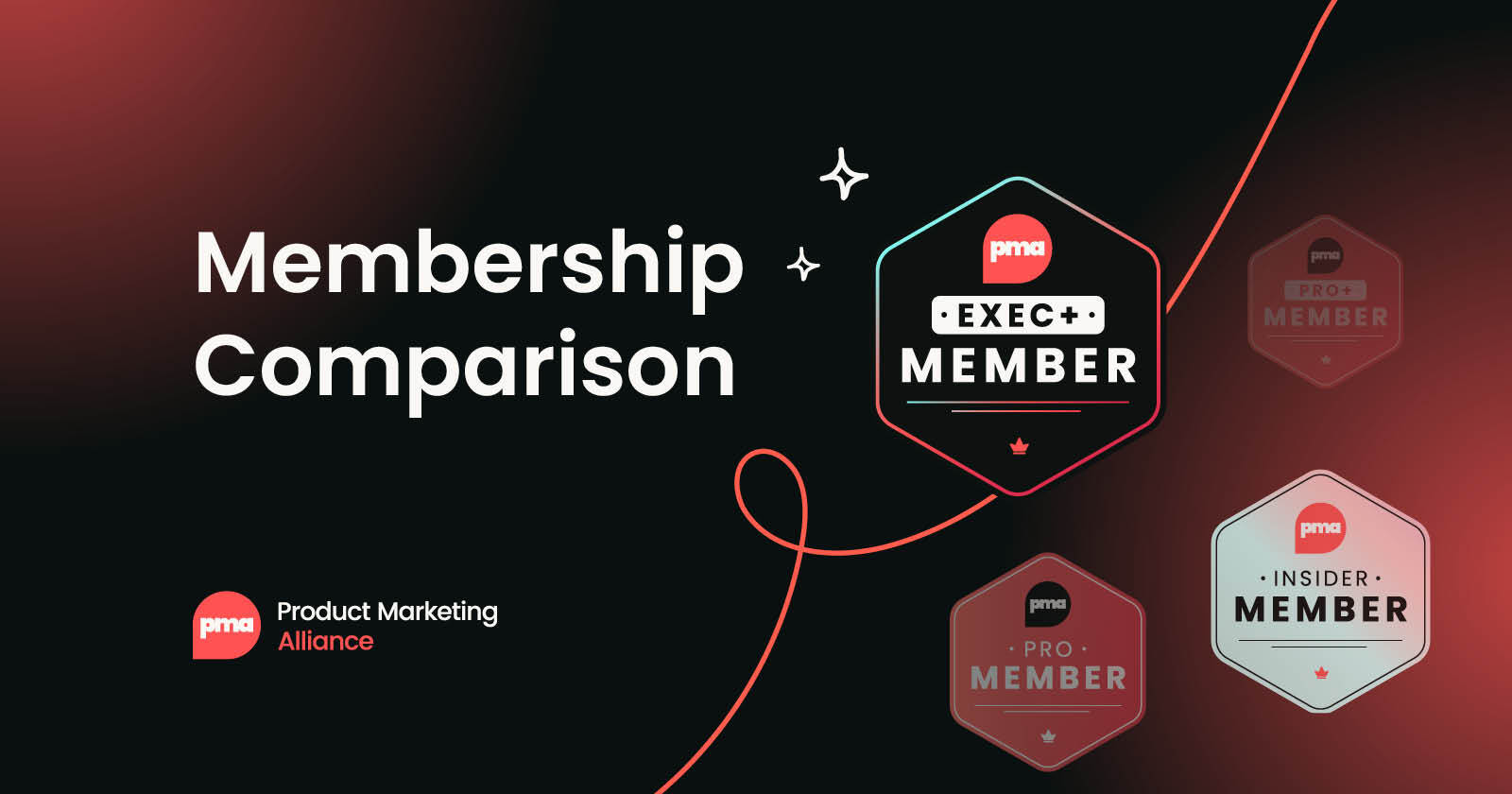
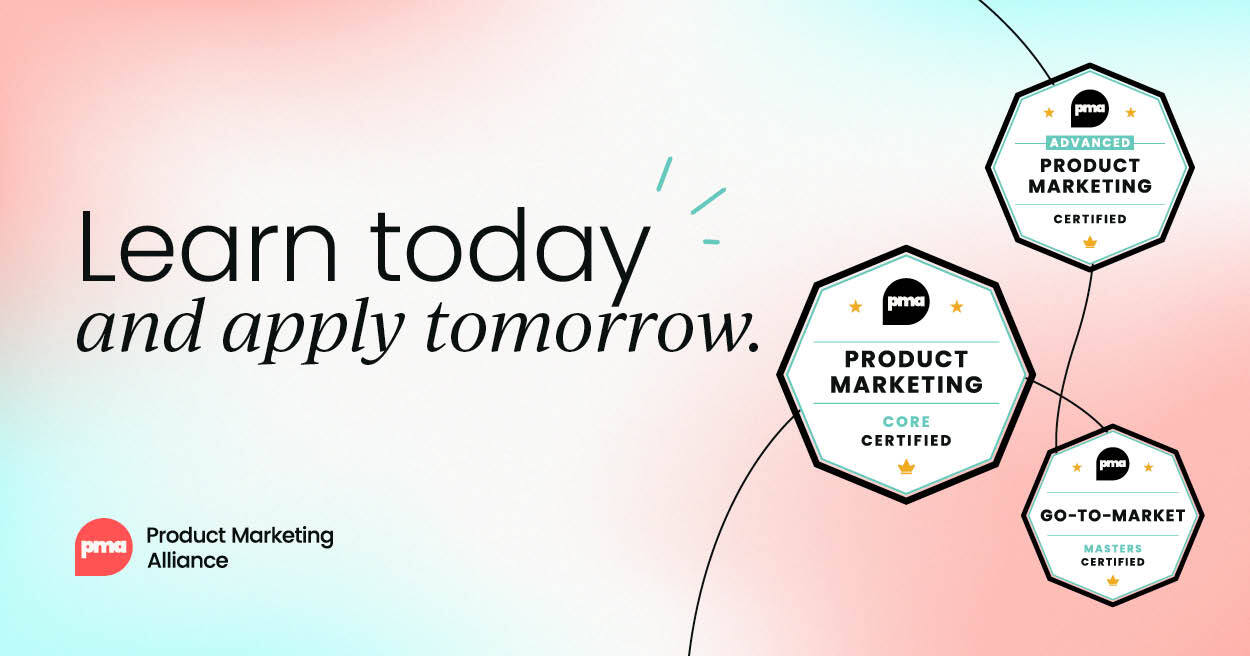
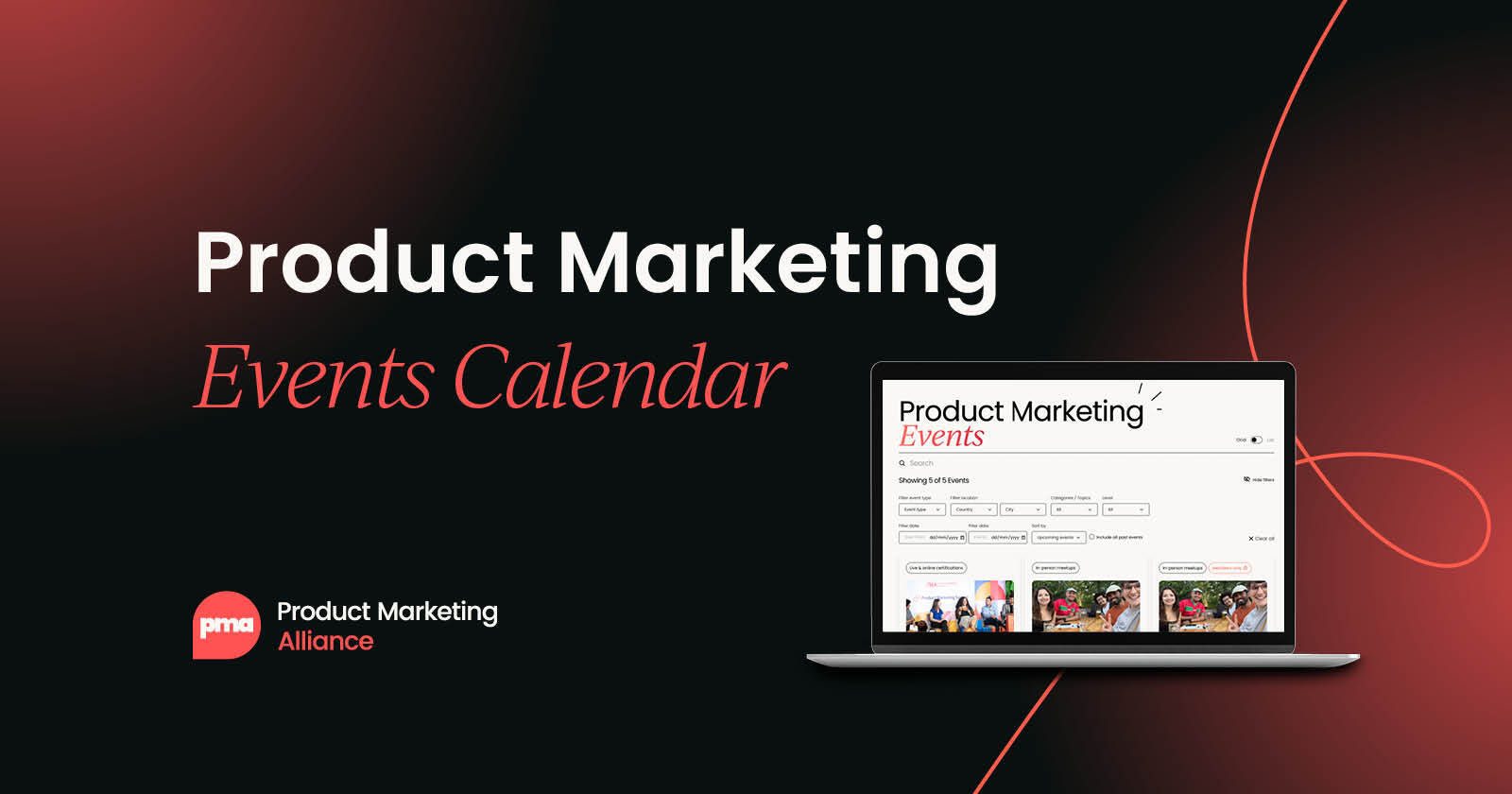
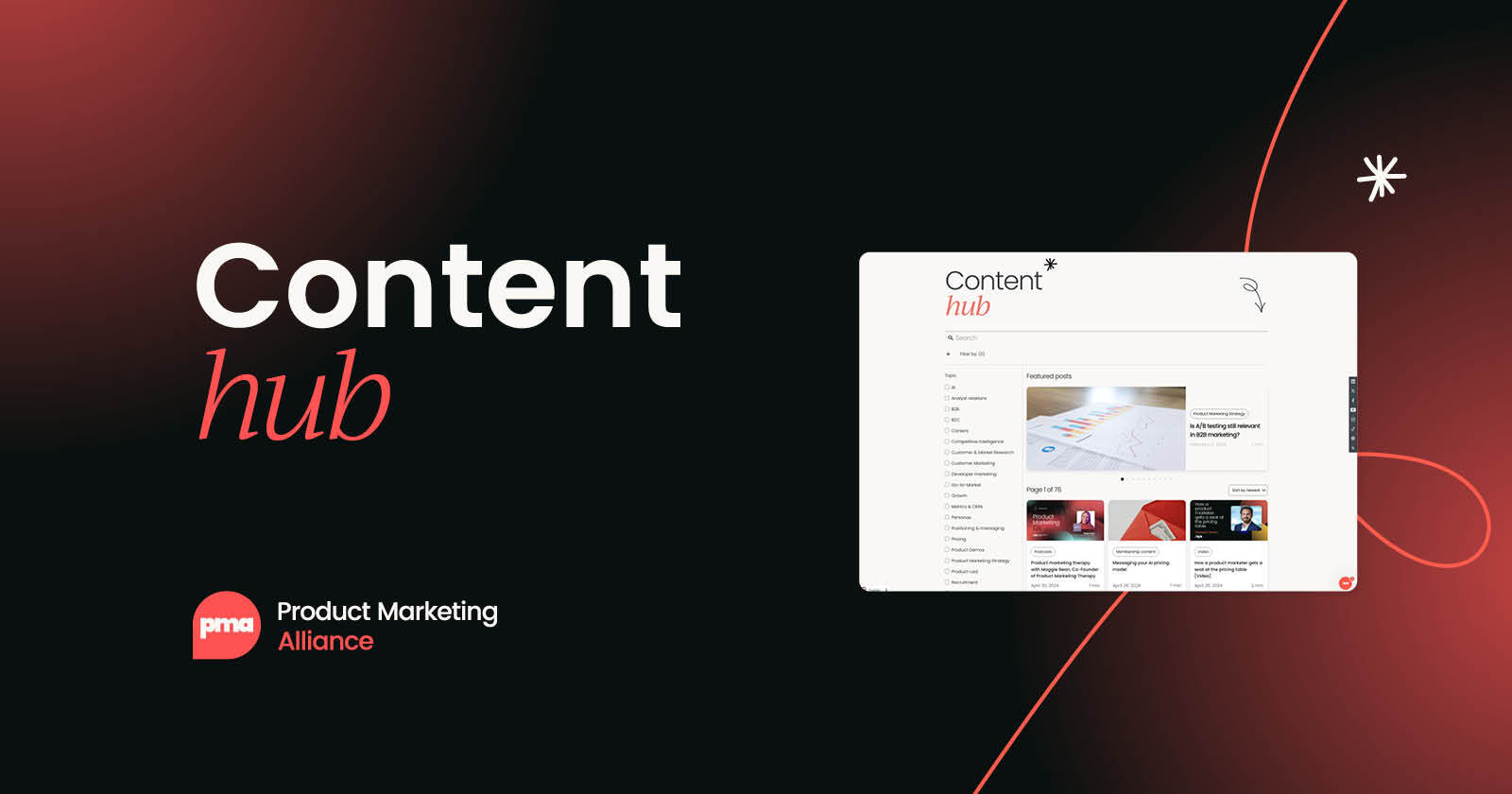

 Follow us on LinkedIn
Follow us on LinkedIn

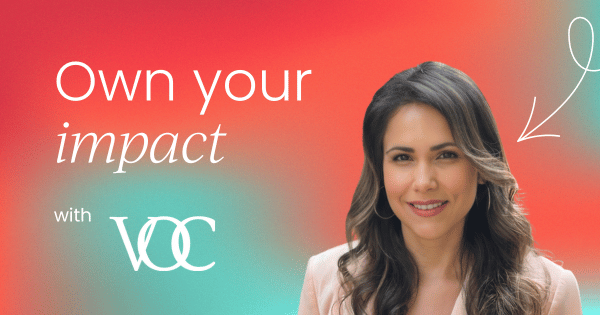
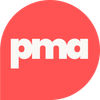

.svg)
Start the conversation
Become a member of Product Marketing Alliance to start commenting.
Sign up now